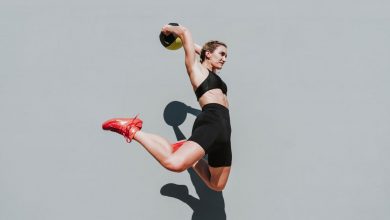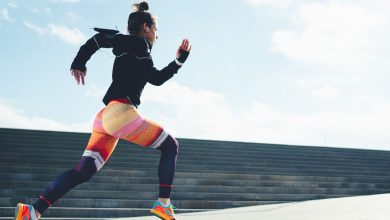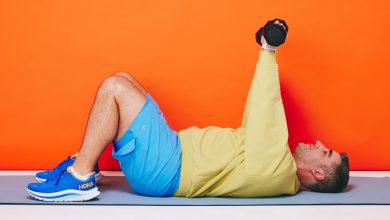What’s the Perfect Protein Powder for You?

Protein might be the buzzword of the year. At SELF, we’re totally here for it. Fueling your body is key, and protein plays a huge role. It’s responsible for keeping you full, helping your muscles recover post-workout, and much more, as we’ve previously reported. But when reaching for some Greek yogurt or smoked salmon (both high-protein foods) isn’t in the cards, protein powder is an excellent alternative.
You work hard in the gym, and we work hard through research and testing to make sure you have exactly what you need to keep your gains going. Whether you’re a lifter looking for grab-and-go shakes or a home cook experimenting with new protein-packed recipes, there’s a protein powder for everyone.
Still, finding one that checks off all your boxes can be tough (and time-consuming). To help you out, we created this quick quiz—take it to learn which editor-approved protein powder is your perfect match.



